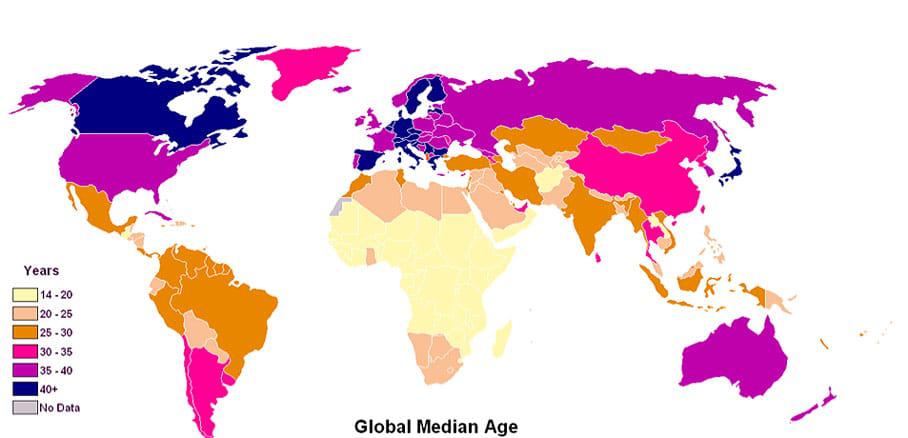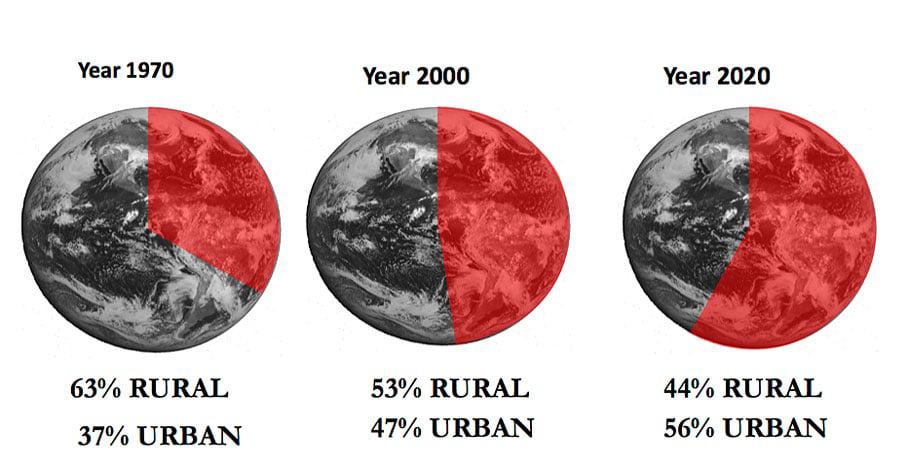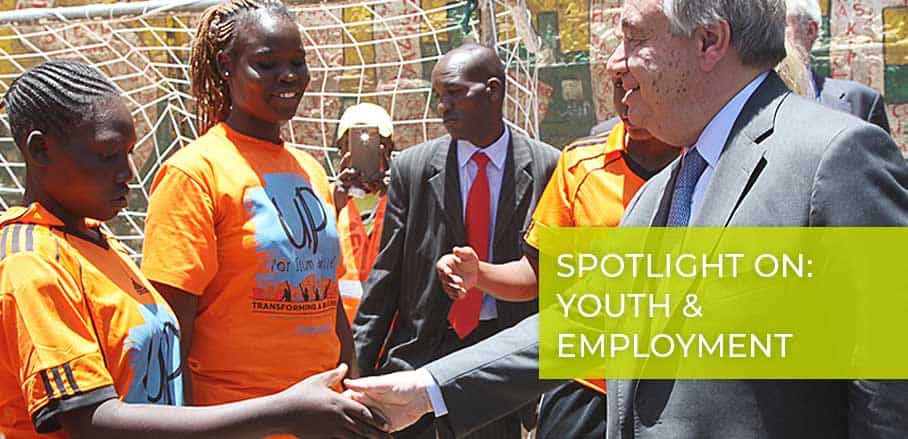Act Globally, Act Locally
An oft mentioned phrase in development parlance is “think globally, act locally”. Yet, when the change we seek is improved livelihoods globally, is local action enough? Doug Ragan, Rolf Wichmann, and Raphael Obonyo claim that local action is critical yet can’t be done in isolation of national and international realities. In their article, they explore different interventions that can be utilised to address the issue of improving youth livelihoods through interventions from the local to the global.
Local Government Taking the Lead
In the UN system UN-Habitat is tasked with promoting sustainable development in cities and human settlements. One strategy we have used to address the livelihood issue Is working with local government. Without local governments full engagement in the issues surrounding livelihoods, no sustainable strategy can be found.
For example, UN-Habitat has partnered with local governments in Kenya utilising a youth-led development methodology which places youth and their communities at the centre of their own development. Key to our work is the need to create safe and generative spaces that become the platform for improving livelihoods through training and service delivery.
One “youth-led” model is UN-Habitat’s One Stop Youth Centres. The first One Stop was founded in 2003 in Nairobi. Over the many years the Nairobi One Stop has provided a range of services such as Voluntary Counselling and Testing (VCT), job training especially utilising technology, and a space in which youth can engage directly with local government.
The scalability of this model has led to eight new One Stops being established across East Africa, with new ones currently being planned in Kenya and Rwanda.
An example of such local approach anchored by a One Stop is in Meru County, Kenya. Meru, like much of Africa, has a population that is approximately 70 per cent under the age of 30. This youthful population offers a potential “demographic dividend”, youth being in the most productive stage of their lives, yet with this also comes a danger of disillusionment if adequate employment, housing, education and basic services cannot be accessed.
In Meru County the issue of achieving sustainable livelihoods came to the fore when European countries classified Khat, a mild stimulant grown in Meru, as a drug and banned its import. Within months a booming export economy and the jobs it supported for the County and Kenya went bust.
Meru responded by creating the Meru Youth Service, a programme which is expected to train 5000 youth over the next five years. Training provided so far has been in “barefoot” community health work, construction, and information and communications technology (ICT). The trainings are provided in part by UN-Habitat through the Meru One Stop Youth Centre.
“We want youths to be agents of change. This is why we recruited 1,000 youths, with 600 of them currently undertaking different courses at Meru National Polytechnic,” stated Meru Governor Kiraitu Murungi, “We want youths to be agents of change.”
Such approaches reflect the needs of the community as expressed by local government. But is it enough to address the livelihood needs of youth?
Global Challenges
There are two trends that challenge policymakers: one is the “youth bulge”, a phenomenon found in the developing world and growing rapidly in Africa where 200 million people aged between 15 and 24 live, making Africa the youngest continent in the world.

The second trend is urbanisation. By 2050, almost 70 per cent of the world’s population will live in cities. Close to 90 per cent of this increase will take place in Asia and Africa, and many of those billions will be youth, looking for sustainable livelihoods.

Rates of youth unemployment are already high in a number of African countries. Including these additional youth into labour markets will require GDP growth beyond the annual 5 to 7 per cent increases found in some, but not all, African countries.
Regional and Global Approaches
The need to ensure that youth not only have jobs at the local level but as well are prepared for the global market is critical. The Brookings Institution suggests increasing “tradable services”, thus responding to global economic developments and making use of existing markets. Relevant economic sectors in this regard include tourism, agribusinesses, and Information, Communication and Technology (ICT) based services. For example, in 2017, Kenya had the fastest mobile connectivity rate among African and Arab States, and globally it beat out the United States, Canada, and Sweden, giving Kenyan youth a head start in Internet-linked industries.
Interventions in Education Systems
To engage in the labour market, youth need training and education. But is that working? In Kenya, in 2016, out of over 700,000 university graduates, about 90,000 were able to secure jobs in the public and formal sectors. The others were absorbed by the informal sector or were unemployed. A British Council study found that it may take up to five years for a Kenyan graduate to find formal employment. The paradox is that, while graduates cannot find employment, there is a shortage of skilled trained labour to push it to higher rates of growth.
In light of all of this, interventions in education models called for which needs to include a concerted effort that focusses on skills training. The locational focus of this concerted effort should also expand from dense major metropolitan areas to include secondary cities and small towns such as Meru, given their links to the rural economy.
Can we Solve the Puzzle? Are the Pieces There?
So, what can we do – should we abandon the community-based approach because it is too small and not able to be scaled? Unfortunately, there is no easy answer. But, at least, all the pieces are there.
First, we must support local government in training youth, as it is the level of government closest to the people and can best address local realities. Models such as the One Stop Youth Resource Centres are proven viable and scalable.
Second, a local government-based model cannot be done in isolation. There are larger macro-economic issues and trends which must be responded to; tradable services must be expanded.
Finally, skills and training for youth must be expanded exponentially. New modalities of education must be used, such as e-learning. This training should not happen in formal settings alone; informal training is critical to make it accessible and affordable.
With these three components of locally relevant, globally responsive, and education driven interventions, we should be able to address the needs and aspirations of youth over the coming years and decades.
- Act Globally, Act Locally - 14. February 2019
